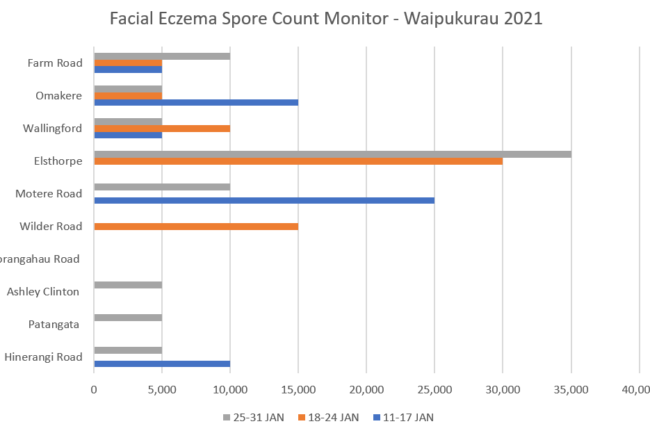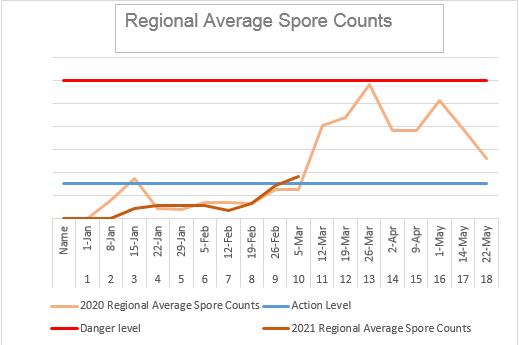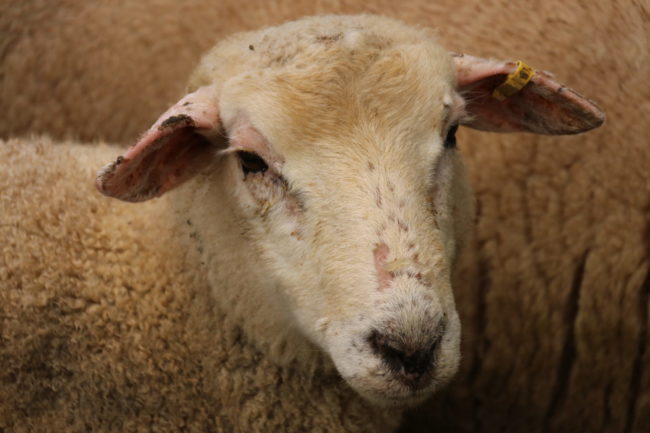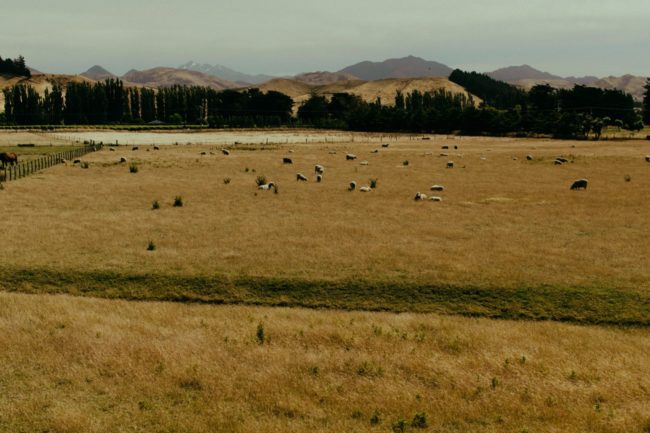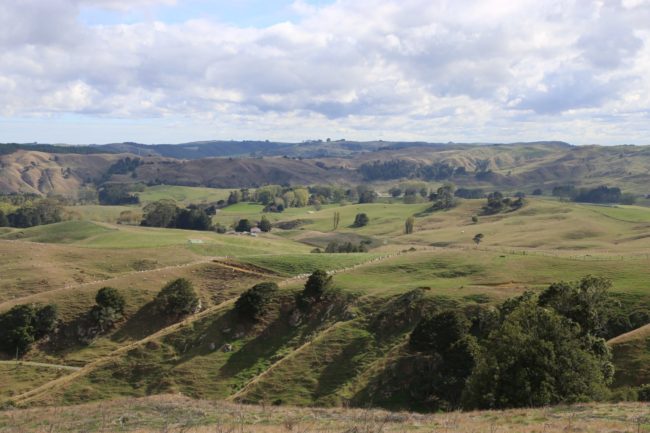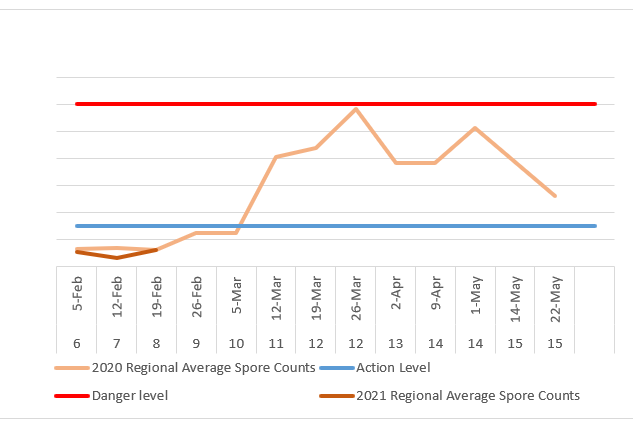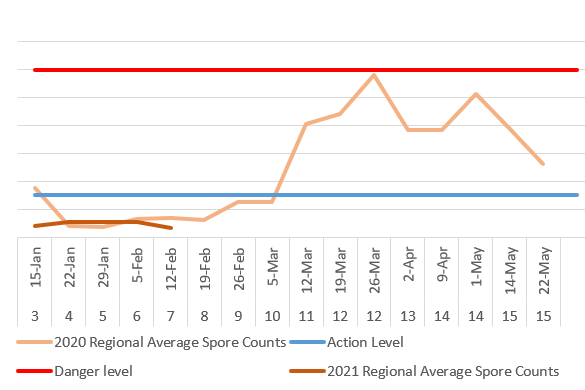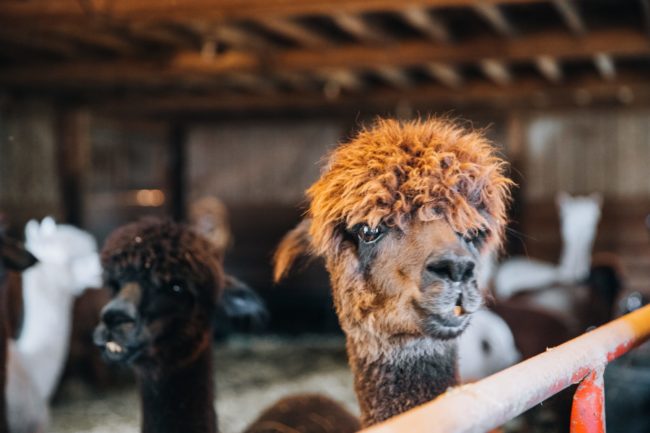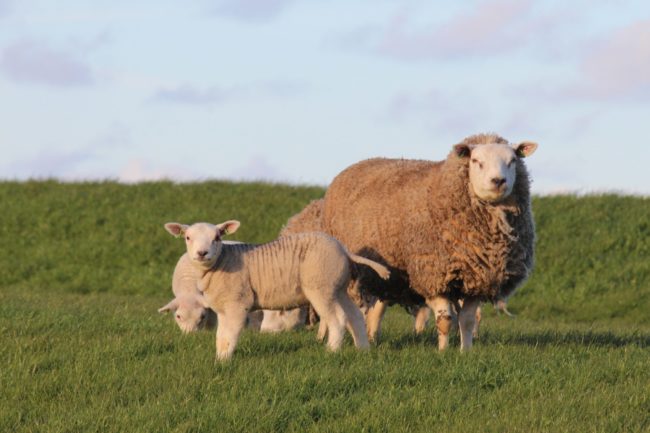FACIAL ECZEMA MONITOR – JANUARY WEEK 4
Waipukurau Results A low and slow approach to the season so far with counts rising steadily but not yet in the dangerous zone for most. There have been reports locally of clinical cases on farm already, and farms that have tested multiple sites have shown us the differences we can see between paddocks even on…
Details


